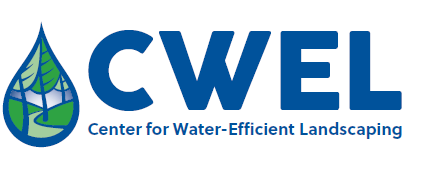Water loss estimates for five recently transplanted landscape tree species in a semi-arid climate
Document Type
Article
Journal/Book Title/Conference
Journal of Environmental Horticulture
Volume
22
Publication Date
2004
First Page
189
Last Page
196
Abstract
Over three growing seasons (1994–1996), water loss of five recently transplanted, balled and burlaped (B&B) tree species was investigated using below-ground, electronic weighing lysimeters. For each species, actual tree water loss was correlated with reference evapotranspiration (ETO) to create a water loss multiplier. At the beginning of each growing season a single tree was planted into each lysimeter. Selected species were: London planetree (Platanus x acerifolia ‘Bloodgood’), corkscrew willow (Salix matsudana ‘Tortuosa’), littleleaf linden (Tilia cordata ‘Greenspire’), Norway maple (Acer platanoides ‘Emerald Queen’), and green ash (Fraxinus pennsylvanica ‘Patmore’). Throughout each growing season, trees were well-watered and lysimeter mass and meteorological variables were collectedon site. Water loss multipliers for each tree species were calculated as the ratio of water loss (based upon total leaf area) to total daily ETO. Results indicate corkscrew willow and littleleaf linden had the greatest daily mean water loss (5.6 and 4.8 mm, respectively) (0.22 and 0.18 in, respectively), while Norway maple had the least (1.1 mm) (0.04 in). Water loss multipliers were greatest for corkscrew willow and littleleaf linden (1.1 and 0.9, respectively) and least for Norway maple (0.2). Regression analysis indicated total daily ETO had limited influence on total daily tree water loss. This suggests factors other than ETO influence water loss of recently transplanted, B&B trees in a semi-arid climate.
Recommended Citation
Montague, Thayne; Kjelgren, Roger K.; Allen, Rick; and Wester, David, "Water loss estimates for five recently transplanted landscape tree species in a semi-arid climate" (2004). CWEL Publications. Paper 65.
https://digitalcommons.usu.edu/cwel_pubs/65



Comments
www.hriresearch.org/Docs/Publications/JEH/JEH_2004/JEH_2004_22_4/JEH 22-4-189-196.pdf